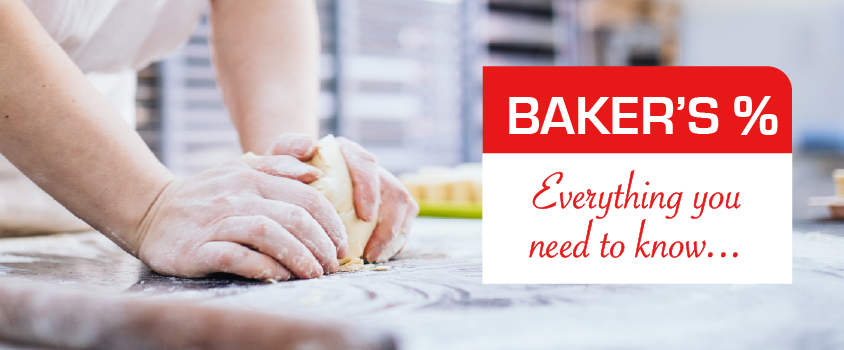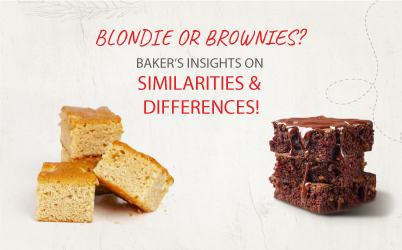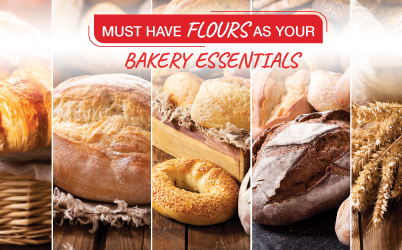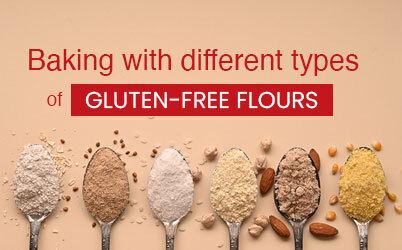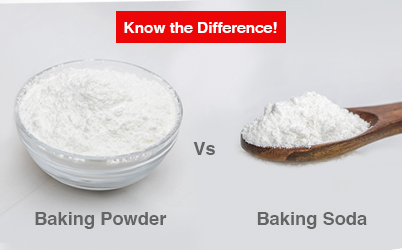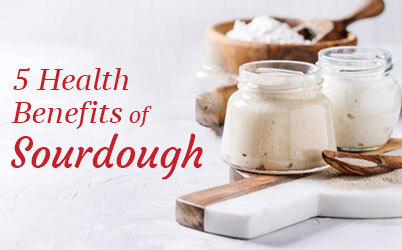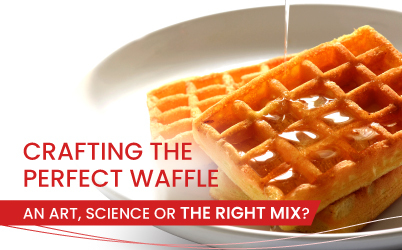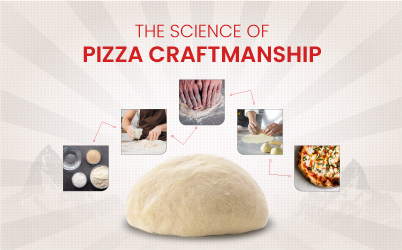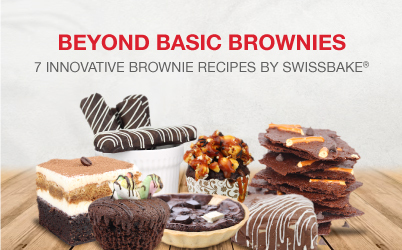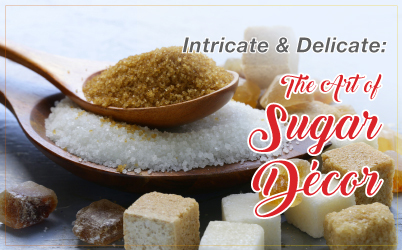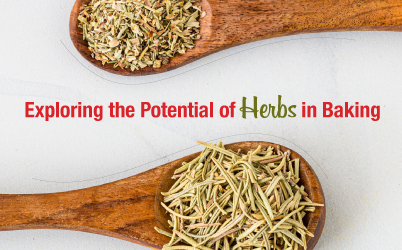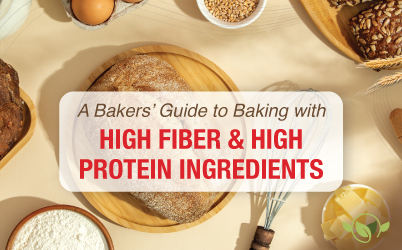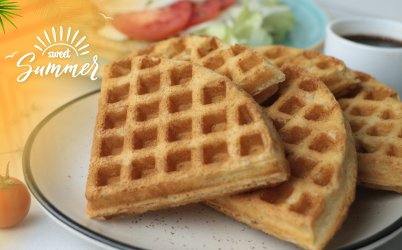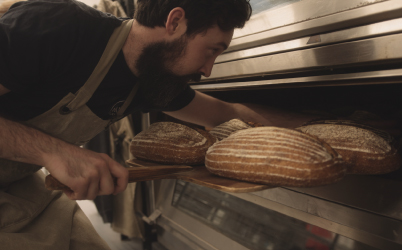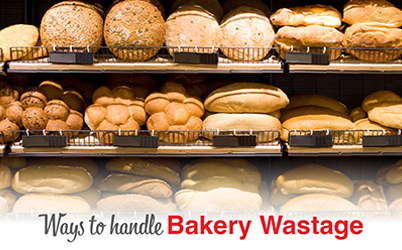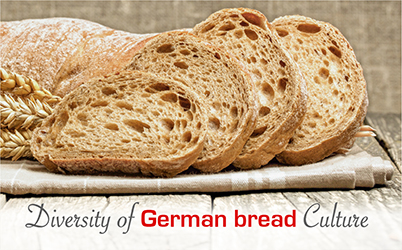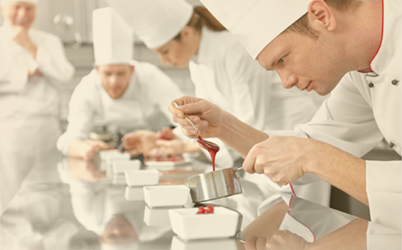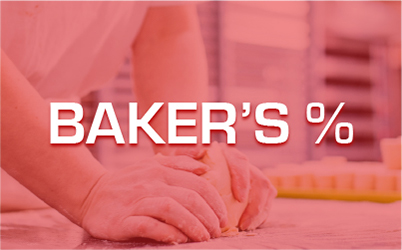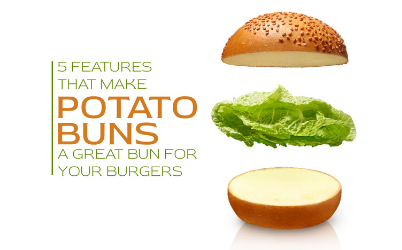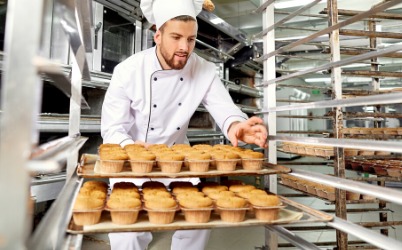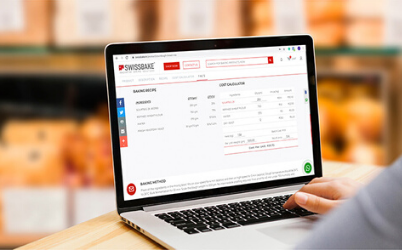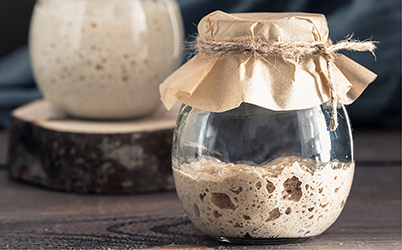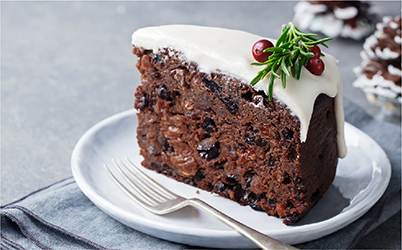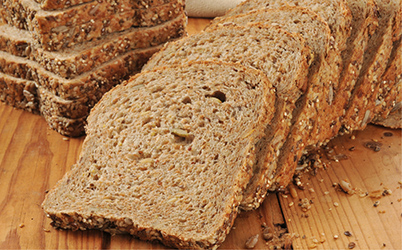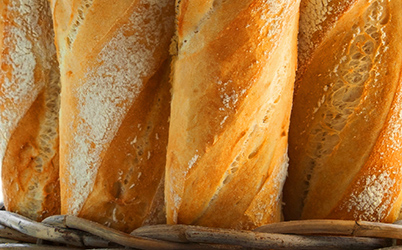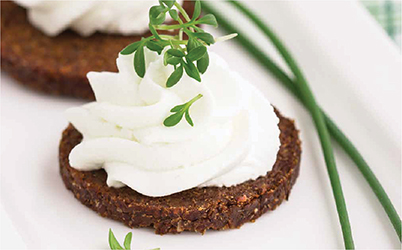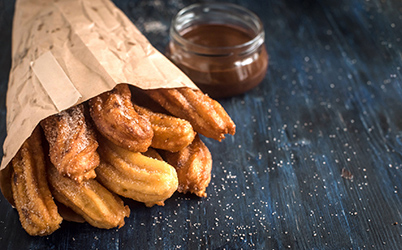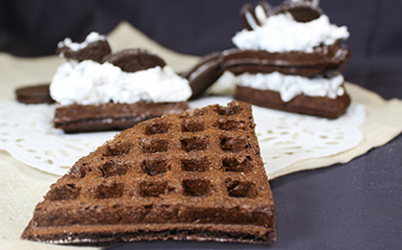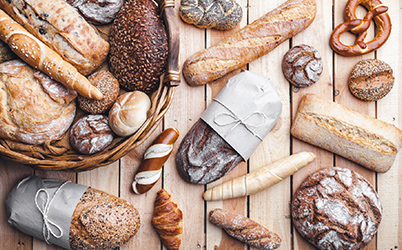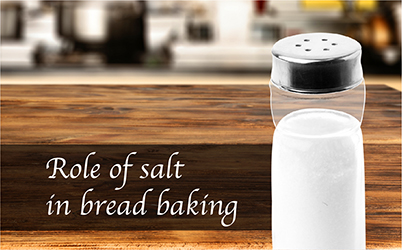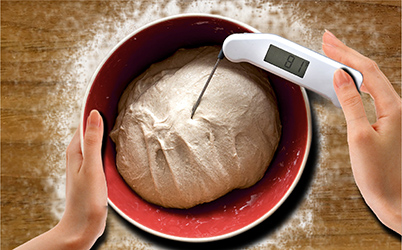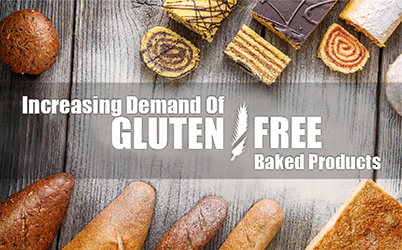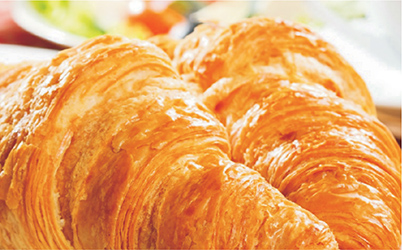Baker's Percentage: Everything You Need to Know
If you’re someone aspiring to become a professional baker, you may find this concept to be confusing. But don't worry, we've got you covered ...
What is Baker’s Percentage?
A baker's percentage is a dough formula wherein the total weight of the flour represents 100%, and weight of all other ingredients is calculated as a percentage of that total.
Why Baker’s Percentage?
A dough formula, when written in percentages, gives you the ratio of each ingredient in proportion to the flour, allowing you to scale the recipe up or down to suit your needs.
For example, when given a dough formula in this format, you can make a single loaf of bread at home or scale it up to produce 500 loaves in a commercial bakery. Furthermore, there is a lot of vital information about the nature of the bread hidden within the baker's percentages, which is why you should become comfortable reading them.
Five Reasons to learn using baker’s percentage
- Simplified Baker's Math assists bakers in scaling up or scaling down any recipe formulas to meet higher or lower production demands.
- A proactive approach to analyzing and correcting errors in recipe formulas. It allows bakers to compare one recipe to another to determine which is denser, drier, sweeter, or saltier.
- Gives a well-balanced formula and assists the baker in precisely measuring and scaling the ingredients, as well as fixing and eliminating scaling errors.
- It simplifies the process of calculating the flour's water absorption and hydration, as well as predicting the final product's appearance.
- The biggest advantage of adopting baker's percent is that the baker can modify the amount of any ingredient at any time without having to recalculate all of the other percentages. This comes in handy for creating new products, tweaking processing conditions, and adapting existing recipes to meet modern nutritional requirements.
The weight of the flour in the baker's percent is always 100%, and the total percentage of all ingredients in the recipe is more than 100% as the percentage of each ingredient is calculated on flour quantity and not on the total quantity. This is not the same as the True or Conventional Percentage where the sum of all items adds up to 100 percent.
The mathematical equation for obtaining baker’s percent is:
X: water, yeast, sugar, salt, fat and etc.
If you're still confused, consider the following example. The table below shows a typical application of the baker's percent concept:
| INGREDIENTS | QUANTITY (GM) | BAKER'S % | TRUE % |
| Wheat Flour | 1000 | 100% | 61.35 % |
| Water | 600 | 60% | 36.81 % |
| Salt | 20 | 2% | 1.23 % |
| Dry Yeast | 10 | 1% | 0.61 % |
| Total | 1630 | 163% | 100 % |
Most importantly, the baker's percentage allows all bakers to communicate in a common language for easy understanding of any recipe or dough formula.
Note:
The calculation of the baker's recipe is different when using Premixes or Concentrates. In this case, the sum of flour + Mix is considered as 100 percent. Hence a 30 percent premix would mean the addition of 70 percent flour to make the total as 100 percent. . All other ingredients in the formula are calculated as a percentage of their total.
And with that, we hope this article has helped to demystify the concept of Baker’s Percentage and removed your fear of calculating recipe formulas.
If you have any questions or concerns about the baker's percentage, please contact us at solutions@swissbake.ch and one of our expert chefs will assist you. In case you want us to write on a particular topic, write us at support@swissbake.in.

